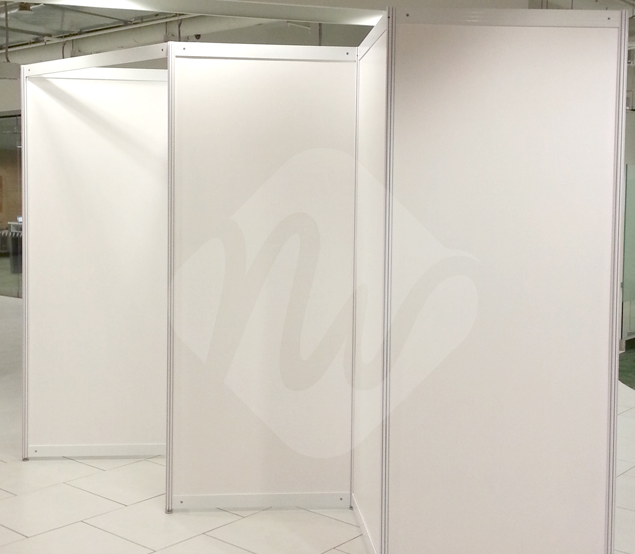Poster Presenters Guideline
Plan
An effective poster is self-contained and self-explanatory. Viewers can proceed on their own while leaving the author free to discuss points raised in inquiry. It balances figures and texts and is not a page-by-page printout of a journal paper or a slide show. A style using bullets tends to be the most effective format.
If possible, convert tables to graphic displays. Pie graphs can be used to show parts of a whole, line graphs can be used to show trends or changing relationships, and bar graphs can be used to show volumes. Avoid lengthy paragraphs and excessively complex tables.
Consider organizing illustrations and text using a grid plan. Arrange materials in columns rather than rows - this format is easier for viewers to read. Place the most significant findings at eye level immediately below the title bar; place supporting data and/or text in the lower panels.
Text/Design
Size: The maximum size of each poster is 2.2 meters tall by 1.0 meter wide. Do not exceed the height/width of the poster board and do not display the abstract on single A4 sheets. (If presenters do not adhere to this requirement, they will not be allowed to present their poster.)
Poster Boards:
- Arrangement of Text: A clear, simple, uncluttered arrangement is the most attractive and easiest to read.
- Font Size: All lettering should be legible from a distance of approximately 1.5 meter. Type size should be at least 30 point or larger.
- Images and Photos: Graphs and photos also need to be large enough to be seen clearly at 6 feet. Illustrations should be simple and eye-catching, with unnecessary detail left out. Presenters are not allowed to use any Heart Rhythm Society logos or graphics on their posters/presentations.
Colour
The following colour combinations provide the greatest amount of contrast:
- Black text on white background
- Dark blue on white
- White on black
- White on blue
Prepare
Title
Prepare a banner for the top of the poster indicating the abstract title, author(s), and affiliation(s). Use lettering at least one-inch high.
Illustrations
Design figures for viewing from a distance and use clear, visible graphics and large type. Colours are effective if used sparingly; use dark colours on white or pale backgrounds and light colours on dark backgrounds. Figures should illustrate no more than one or two major points. However, simple figures are unnecessary. Make clear main points, but include detail for the aficionado. Indicate illustration sequences with numbers or letters at least one inch high. (Omit "Fig." or "Figure" - this is unnecessary and occupies excess space).
Text
Minimize narrative. Integrate text that would normally appear in the body (Results and Discussion) of a manuscript in figure legends. Concisely describe not only the content of the figure, but also the derived conclusions. Place brief details of methodology at the end of each legend.
Use large type in short, separated paragraphs with unjustified (ragged right) margins. Numbered or bulleted lists are effective ways to convey a series of points. Do not set entire paragraphs in uppercase (all capitals) or boldface type.
Place an introduction at the upper left and a conclusion at the lower right, both in large type. It is rarely necessary to post a copy of the abstract.
Poster Set-Up
Posters should be mounted on the assigned poster board between the hours of 2:00 p.m. – 6:00 p.m. on May 25. Posters remain on the boards from May 25 to May 27.
Thumb Tacks/Push Pins: Will be available on-site
Present
Do not write or paint on the poster boards.Note: Projection equipment is not provided in the poster session area.
Presenting authors are recommended to stay at the board during the presentation time.
Presentation Time:May 26 12:45p.m. – 02:00p.m.May 27 12:35p.m. – 02:00p.m.
Poster Removal
Posters must be removed between the following hours:May 27 | 06:00 p.m. - 08:00 p.m.
Posters remaining on the boards after this time will be discarded.